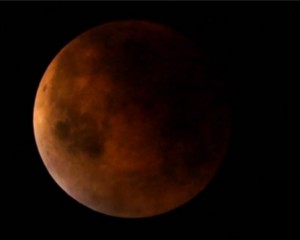
While most of the state of Alaska was out of luck and was not able to observe the total eclipse coupled with the Supermoon, Alaskans had the best luck observing a portion of the event if they were in the eastern and southeastern portions of the state.
The rare supermoon/eclipse occurred prior to sunset in most of Alaska and happened before the moon rose on Sunday night. Others in the state were able to see some of the event as the moon moved out of the earth’s shadow as the eclipse came to an end.
But, other earth residents from Canada and the western United States to South America, Europe, Africa, and portions of western Asia were able to view the celestial treat, and skywatchers came out in droves to see the astronomical phenomenon.
Stargazers in all over the world were treated to a rare astronomical phenomenon when a total lunar eclipse coincided with another celestial event called a “supermoon.” They were able to view the moon as it turned blood red as the moon was in its closest point of its orbit near earth as a full moon.
The “supermoon” is one that appears bigger and brighter than usual as it reaches the point in its orbit that is closest to Earth. A “Blood Moon” is the result of the phenomenon known as Rayleigh scattering or a refraction of moonlight in the earth’s atmosphere.
Super moons occurr six times a year, but a blood moon occurring at the same time is rather rare. There have been only five since 1900 and the next won’t occur until 2033.
The eclipse can be seen online at various sites, here is one that was posted to YouTube by David Drummand.
[smoothcategory catg_slug=”science”]
